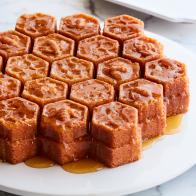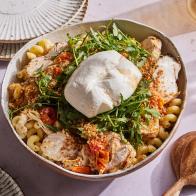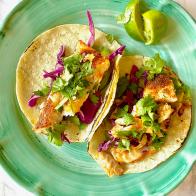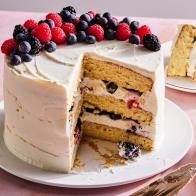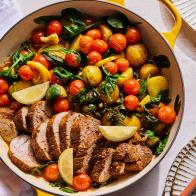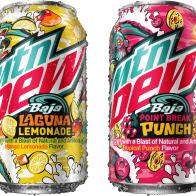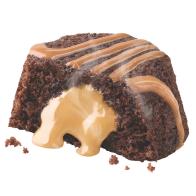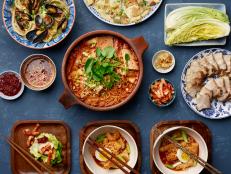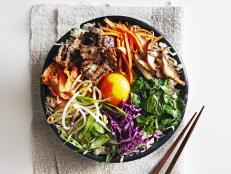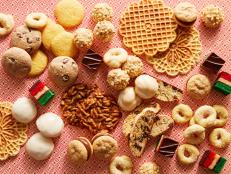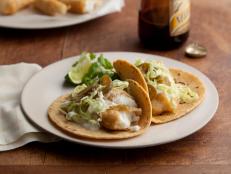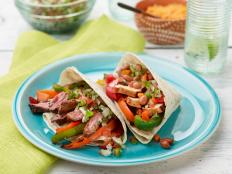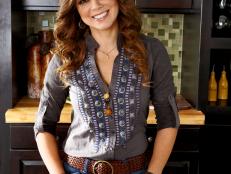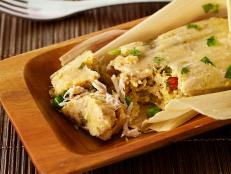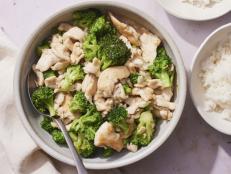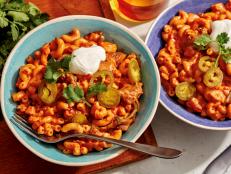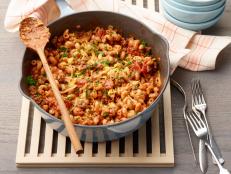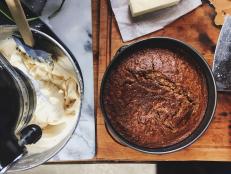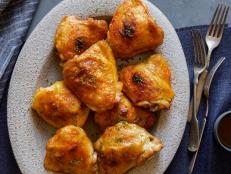Chinese baked goods are a delicious window into a world with a beautiful history — and a very food-centric culture. Many of the Chinese breads we think of now as traditional and Chinese in nature actually originated as byproducts of imperialism.
Many of the most popular baked goods that we see in the U.S. are Cantonese in origin. When the British empire colonized Hong Kong in 1842, they introduced pastries and ovens to what was historically a fishing-focused village. Although British colonization had many negative repercussions, culinarily speaking, it also resulted in the creation of a unique food culture where British and Western foods were changed to suit a Chinese palate. The people of Hong Kong adopted a tradition of afternoon tea and taking mid-day food breaks, which led to the creation of a plethora of delicious baked goods that were fluffy, light, not too sweet and not too salty when compared to their British counterparts. And as Chinese immigration increased to the U.S., Chinese-style baked breads came with them.
Chinese breads come with dozens of sweet and savory fillings and are thoughtfully decorated and named. Ingredients like tropical fruit, custard, red bean, coconut, salty lava yolk, green onions, sesame seeds, lotus paste and barbeque meats are just a sampling of what is found in these pastries. These baked goods can be found in restaurants, bakeries and street stalls but because there are so many items, even seasoned Chinese food connoisseurs can get overwhelmed, which is why we've put together this guide to popular Chinese baked goods, whether you’ve been itching to make your first foray into a Chinese bakery, or looking to add to your weekly bakery haul.
